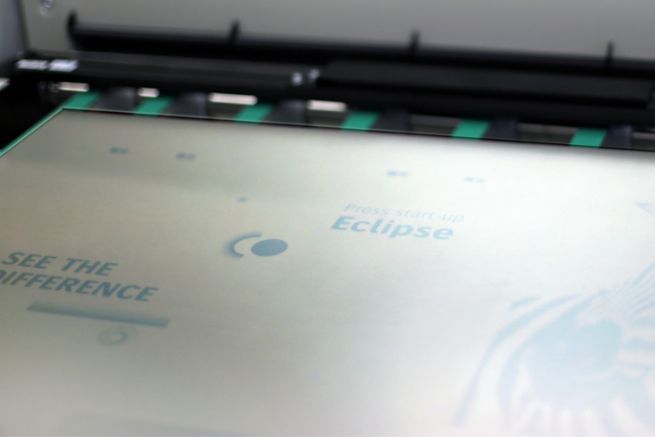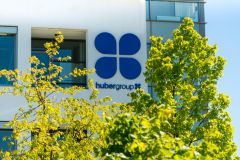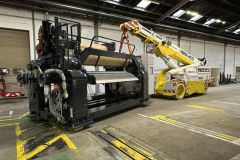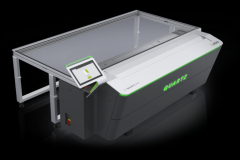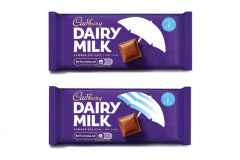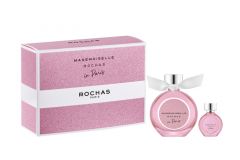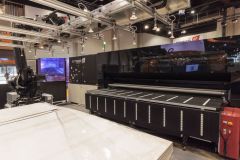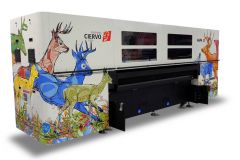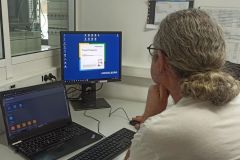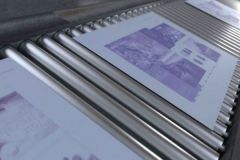The agfa's Eclipse plate marketed since October 2019 is now used by printing companies worldwide. Featuring a new technology, this four- or eight-up plate offers many advantages to sheetfed offset printers, according to the Belgian manufacturer. This process-free technology transfers the Eclipse plate coating onto the first sheets printed, not into the fountain solution, ink or rollers.
Three early adopters have told Agfa about their experience with this printing plate.
With Eclipse, the production process is "cleaner and faster"
First, let's go to Brazil to Gráfica 7 Cores. Roberto Moreira, the director of the printing company and president of Andigraf, the Brazilian association of graphic industries, says: "In addition to being a printing plate with good technical features, such as easy development, Eclipse is also very stable and its high contrast allows for easy visual inspection before printing. The plate's high resistance to scratching and light exposure makes it very convenient to handle."
He also appreciates the technology of transferring the coating through the paper: "Eclipse doesn't contaminate the fountain solution or the rollers. The result is a cleaner, faster print production process, which gives us a lot of operational flexibility."
Less remanufacturing of offset plates
For American Mankato Packaging, which specializes in the design and offset printing of specialty boxes and cartons, the Eclipse is helping to reduce print production costs. "There's no developer to maintain, no chemicals to store, no water or waste to destroy. And we get back valuable floor space."
He also notes the ease of visual inspection and its robustness. "We can see the image and pull a proof, just like a traditional plate. Our press operators can handle the plate more easily. We are less concerned about scratches and fingerprints, and are less likely to remanufacture the plates, which saves us time and money."
Faster start-up, reduced maintenance
Kandrup Bogtrykkeri in Copenhagen, Denmark, previously used a different plate without treatment.
Thomas Thomsen, the head of the printing company, compares: "We are seeing significant improvements. We estimate that start-up is 40% faster than before. We don't waste time and money unnecessarily on rework or unplanned press downtime. (...) Paper waste at start-up is also reduced by about 15%. In addition, the combination of the Eclipse plate with the Antura fount solution results in a more stable ink/water balance and greater printing latitude."
He adds: "There are no deposits in the press dampening pool because the coating is transferred to the first sheets of paper. As a result, the filters require cleaning less often. With the Eclipse, the longevity of the fountain pool has more than doubled. We estimate that this represents an annual savings of 25 percent."
The Danish printer also emphasizes its "excellent" scratch resistance and the absence of fingerprints on the plate.
See you Tuesday, June 15
To learn more about this plate, Agfa is offering a virtual event on Tuesday, June 15, in its 4d48 studio. Experts will present this technology. They will also share a comparison of its advantages over plates from other manufacturers. And several Eclipse users will share their experiences with the technology.
